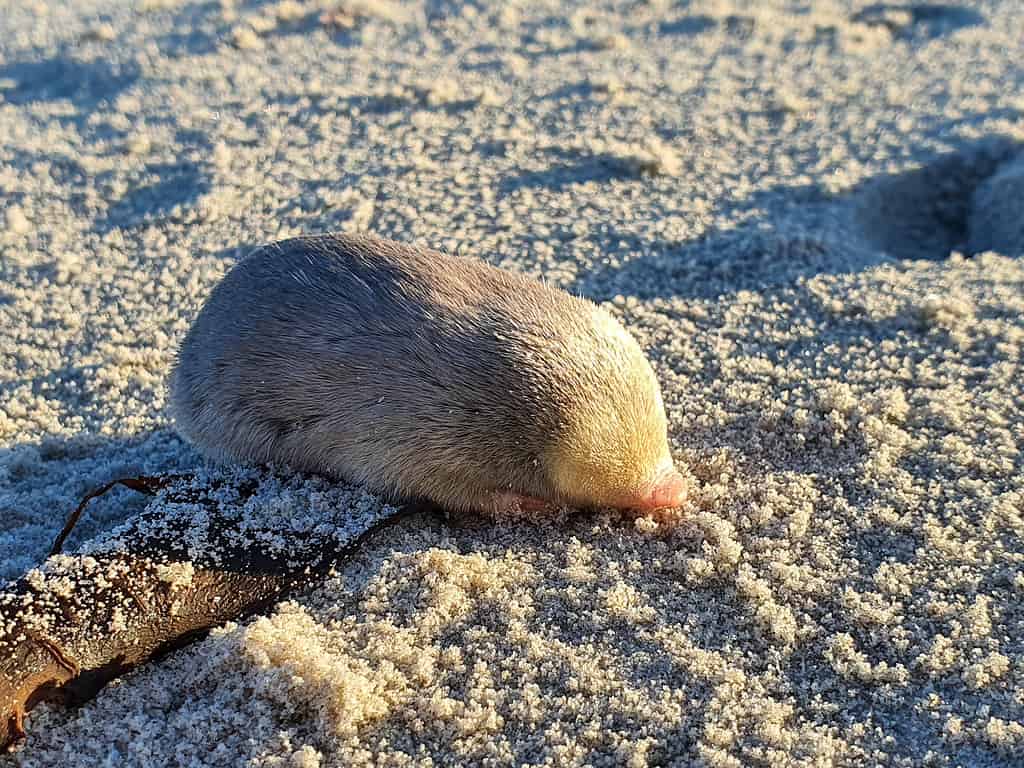
In a twist that reads more like a detective novel than a science report, a dog has sniffed out a major ecological find—the De Winton’s golden mole, a species not seen since 1936. The dog, a collie trained by the Endangered Wildlife Trust (EWT), was part of a years-long quest to find this elusive mole thought to be extinct.
A hidden mole
The De Winton’s golden mole (Cryptochloris wintoni) is a highly elusive creature, known for its shimmering fur and subterranean lifestyle. It’s a small, intriguing mammal, typically measuring about 10 centimeters (4 inches) in length and weighing around 20 grams, comparable in size to a mouse.
This mole is adapted to a subterranean lifestyle, with a streamlined, cylindrical body, a wedge-shaped head, and powerful limbs with specialized digging claws. It is blind, a common trait in underground dwellers, relying instead on its heightened sense of touch and vibration detection to navigate and hunt in its sandy environment.
However, unlike other mole species, it leaves no tunnels behind, moving through sand in a swimming motion. Coupled with its extreme sensitivity to vibrations that immediately notify it of intruders, these traits make the golden mole extremely difficult to find.
For decades, this elusive mole has evaded detection like a ghost. But conservationists hadn’t given up on it yet. A collaboration of zoologists and wildlife managers from the Endangered Wildlife Trust, Stellenbosch University, South Africa’s Department of Agriculture, and the University of Pretoria employed a two-pronged approach to tackle a seemingly impossible mission.
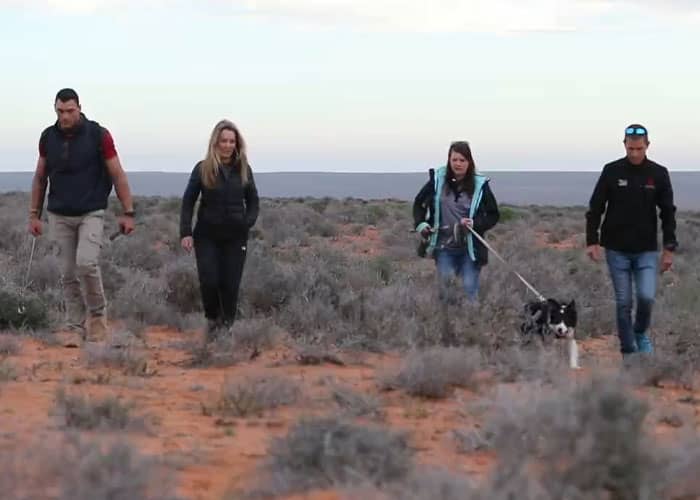
Their first ally in this quest was an unlikely one: sniffer dogs. These dogs, typically trained to track known scents, were taught to identify three species of moles indigenous to the region. As the dogs scoured the landscape, they unearthed multiple signs of known mole species. But, amidst the familiar, lay the unknown — tracks and burrows that didn’t fit known mole burrowing patterns, a smoking gun for the golden mole’s presence.
The second technique involved an environmental DNA (eDNA) analysis. More than 100 soil samples were meticulously collected and analyzed in the lab. This method, akin to finding a needle in a haystack, searches for genetic remnants left in the vast environment by a species. The results were astonishing: among the DNA of three known mole species was a fourth, mysterious genetic signature.
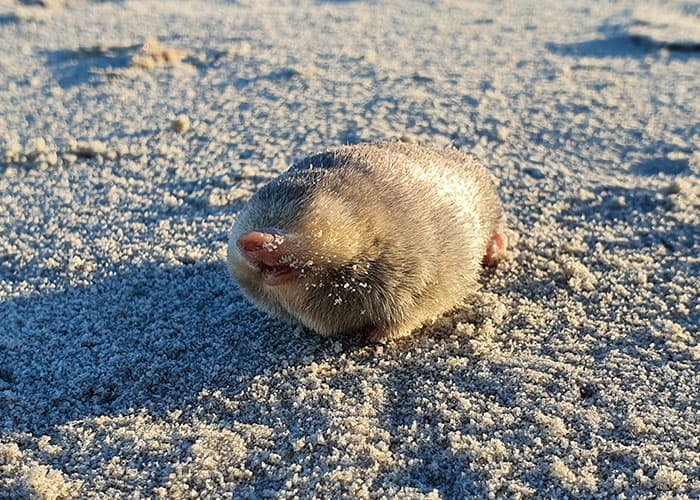
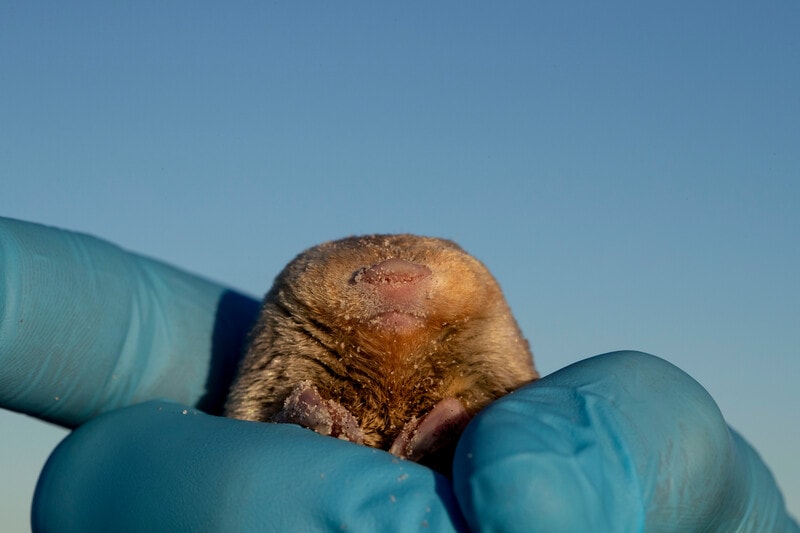
Comparing this unknown DNA with a gene sequence from a De Winton’s golden mole specimen preserved in a museum, the researchers found a match. This genetic handshake across decades was the irrefutable proof they needed: the De Winton’s golden mole, once a phantom of the past, still roams the sands of South Africa.
“Though many people doubted that De Winton’s golden mole was still out there, I had good faith that the species had not yet gone extinct,” said Cobus Theron, a senior conservation manager for EWT and a member of the search team in a press release. “I was convinced it would just take the right detection method, the proper timing, and a team passionate about finding it.
The rediscovery of the De Winton’s golden mole in South Africa is more than just an exciting wildlife tale. It’s a sign of hope in a world where stories of conservation are often clouded with pessimism.
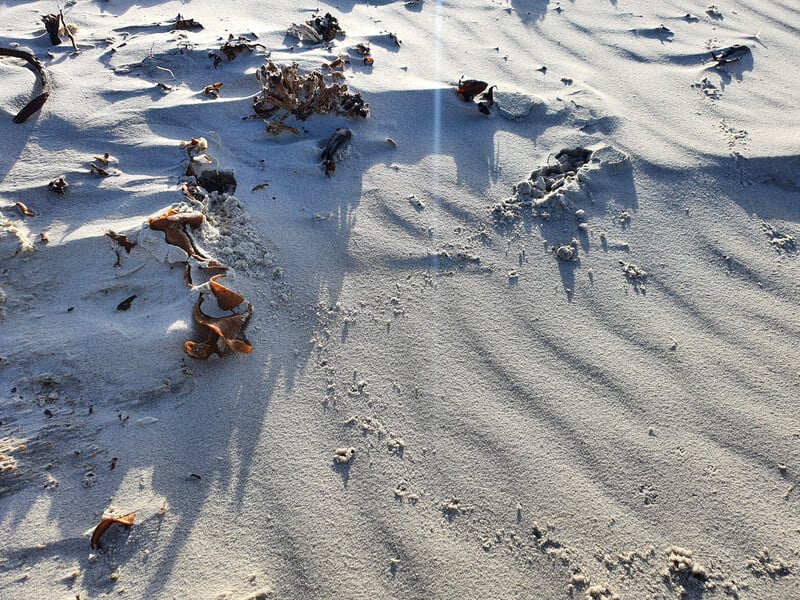
“I think it’s just fantastic that in 2023 we can still rediscover species. All of our stories around conservation are doom and gloom. Here we have an opportunity to say that, actually, there are opportunities to make change,” said Theron.
Since the researchers completed their study in 2021, the EWT has found four additional golden mole populations. This shows that even in 2023, the natural world still holds secrets waiting to be uncovered.
This finding is particularly important in light of the concerning trends in species extinction. Human activities have accelerated the extinction rate, pushing it up to 10,000 times the natural rate. Rediscovering species thought extinct, like the De Winton’s golden mole, offers a ray of hope amidst this troubling backdrop.
Similar rediscoveries, such as a fish in Ohio and a gecko in the Galápagos Islands, further illustrate that nature can still surprise us. The Mini Galaxy flower, found growing unexpectedly in the middle of an African road after 40 years, is another testament to this resilience.






